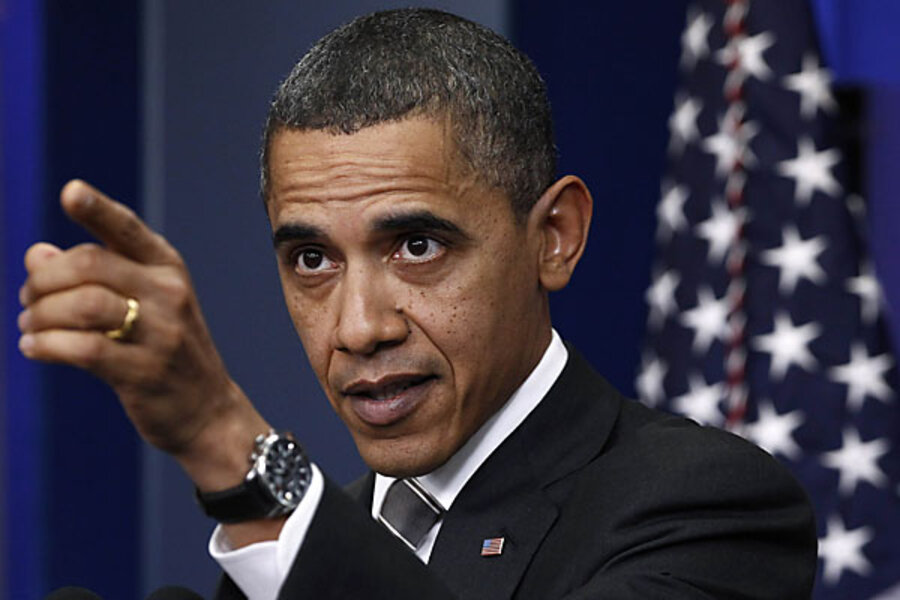2012 budget is full of contradictions
Loading...
President Obama’s budget proposal has been overshadowed by the earthquake and tsunami in Japan, a new military action in Libya, and continuing battles over the 2011 budget, not to mention tiger blood and March Madness.
But one of these days, Washington will turn its attention back to a core piece of business – budgeting for 2012 and beyond. To help with that process, my colleagues at the Tax Policy Center recently released an analysis of the tax proposals in the President’s budget.
The report discusses the president’s numerous proposals and puts them into larger budget context.
As I’ve noted before, one unfortunate feature of our tax system is that it is riddled with uncertainty. There are now major temporary cuts in the taxes on individual incomes, corporate income, payrolls, and estates. As a result, it can sometimes be confusing to talk about potential policy changes. Should changes be measured relative to tax law as now written? Relative to the tax law in place in 2011? Or something in between?
The first table in the TPC report measures the ten-year budget impact of the president’s proposals against three benchmarks. Relative to current law, the president is proposing a $2.4 trillion tax cut over the next decade. That’s because he would extend most of the tax cuts that expire at the end of 2012, including the 2001 and 2003 tax cuts for “middle-income” taxpayers, the AMT patch, and the estate tax at 2009 levels. Those extensions total $3.1 trillion, which he would partly offset by $700 billion in revenue increases.
Relative to current policy — which we define as 2011 tax law excluding the payroll tax holiday and temporary investment incentives — the president’s proposal turns out to be a $2.0 trillion tax increase. That’s because he would not extend certain provisions of 2011 tax law, most notably the lower rates on “upper-income” taxpayers and the lower estate tax.
Confusingly, the president uses neither of these benchmarks to measure his proposals. Instead, he assumes that the upper-income tax cuts expire, while the middle-income ones get extended. Under that assumption, the president’s tax proposal amounts to a $700 billion tax increase.
So there you have it. Depending on how you look at it, President Obama is proposing to cut taxes by $2.4 trillion over the next decade, raise them by $700 billion, or raise them by $2.0 trillion. It all depends on your benchmark.
Add/view comments on this post.
------------------------------
The Christian Science Monitor has assembled a diverse group of the best economy-related bloggers out there. Our guest bloggers are not employed or directed by the Monitor and the views expressed are the bloggers' own, as is responsibility for the content of their blogs. To contact us about a blogger, click here. To add or view a comment on a guest blog, please go to the blogger's own site by clicking on the link above.





